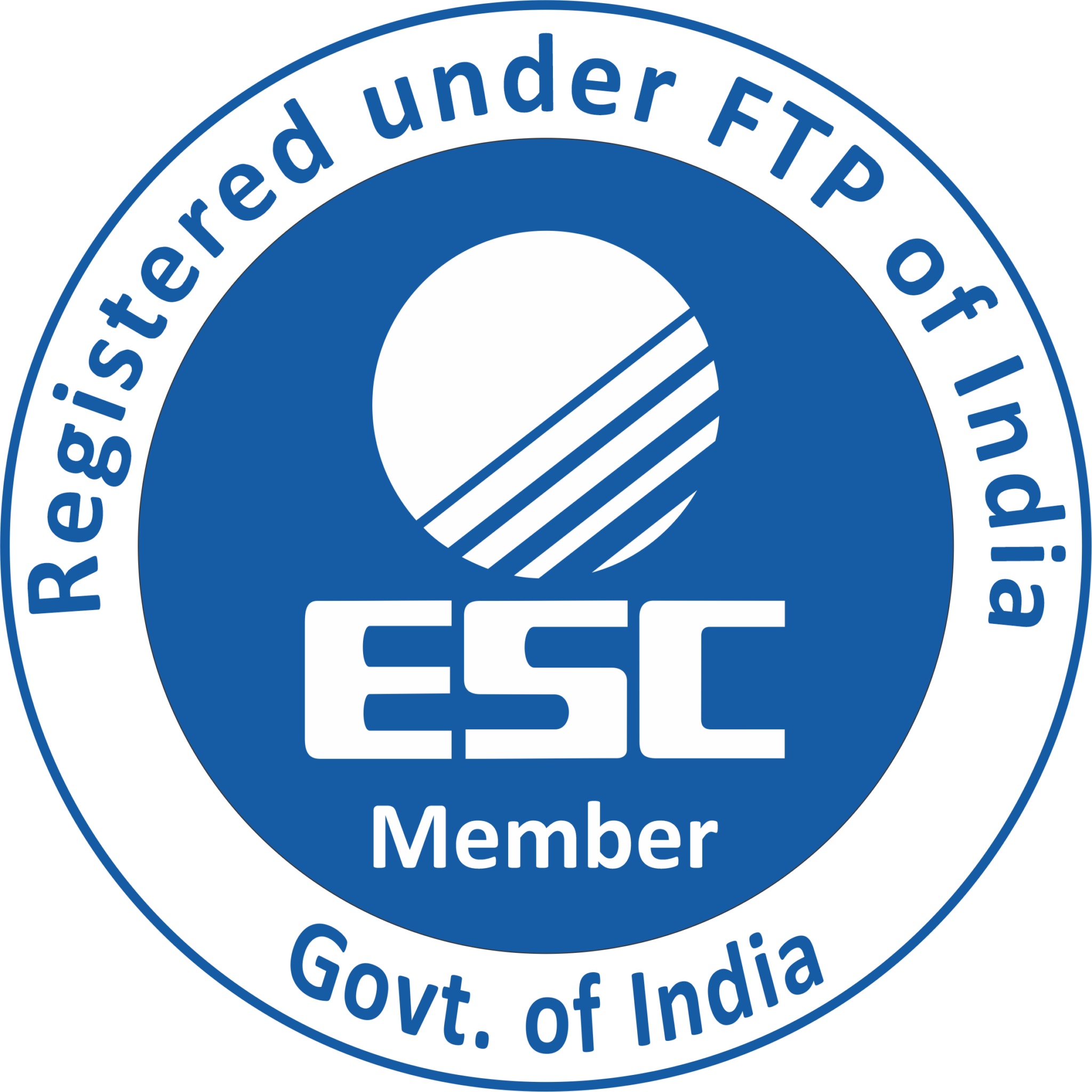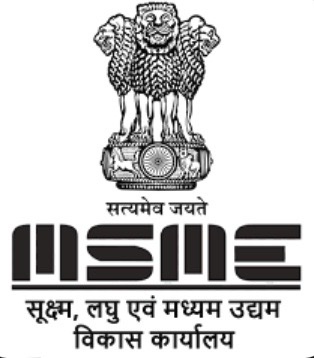Introduction
Claytech Systems, a leading technology solutions provider, successfully digitized the Customer Service Delivery function for VI (formerly Vodafone Idea Limited). This case study highlights the challenges faced by VI, the solution offered by Claytech Systems, the key features integrated into the digitization process, the benefits reaped by VI, and a concluding note.
Problem Statement
VI, one of India’s largest telecommunications service providers, faced challenges in its Customer Service Delivery function. Manual and paper-based processes resulted in longer turnaround times (TAT) for customer requests, leading to customer dissatisfaction and operational inefficiencies. Additionally, the absence of a centralized system limited governance and real-time tracking of customer service processes. VI required a solution to digitize its Customer Service Delivery function, reducing TAT and improving governance.
Solution Offered
Understanding the challenges faced by VI, Claytech Systems implemented a comprehensive digitization solution for the Customer Service Delivery function. The solution aimed to automate and streamline customer service processes, ensuring faster TAT and improved governance through a centralized system.
Features Offered
- Workflow Automation: Claytech Systems automated various customer service processes, including request management, issue resolution, and service provisioning. This feature eliminated manual intervention, reduced errors, and improved process efficiency.
- Centralized Ticketing System: The digitization process incorporated a centralized ticketing system that enabled VI to track and manage customer requests in real-time. This system facilitated end-to-end visibility of customer interactions, ensuring prompt and accurate resolution.
- Self-Service Portals: Claytech Systems integrated self-service portals for customers, allowing them to raise and track service requests online. These portals provided customers with greater convenience and reduced dependency on call center support.
- Real-time Reporting and Analytics: The digitization solution offered real-time reporting and analytics capabilities. VI could generate customized reports, analyze key metrics, and gain insights into customer service performance, enabling data-driven decision-making and process optimization.
Benefits
- Reduced Process TAT: The automation of customer service processes significantly reduced TAT for issue resolution and service provisioning. Faster response times improved customer satisfaction, resulting in a positive impact on customer loyalty and retention.
- Improved Governance: The centralized ticketing system provided better governance by enabling VI to track and monitor customer service processes in real-time. This enhanced visibility facilitated effective resource allocation, improved accountability, and ensured compliance with service level agreements.
- Enhanced Customer Experience: The self-service portals empowered customers to raise and track service requests conveniently. The improved accessibility and transparency of the digitized processes enhanced the overall customer experience, leading to higher satisfaction levels.
- Operational Efficiency: The digitization of customer service processes improved operational efficiency by eliminating manual interventions and reducing errors. Streamlined workflows, automated notifications, and real-time reporting reduced redundant tasks and enabled VI to allocate resources effectively.
Conclusion
Claytech Systems successfully addressed the challenges faced by VI by digitizing its Customer Service Delivery function. The solution provided workflow automation, a centralized ticketing system, self-service portals, and real-time reporting and analytics capabilities. The benefits of reduced process TAT, improved governance, enhanced customer experience, and operational efficiency transformed VI’s customer service operations. By partnering with Claytech Systems, VI embraced digital transformation, ensuring faster issue resolution, greater transparency, and improved customer satisfaction.







